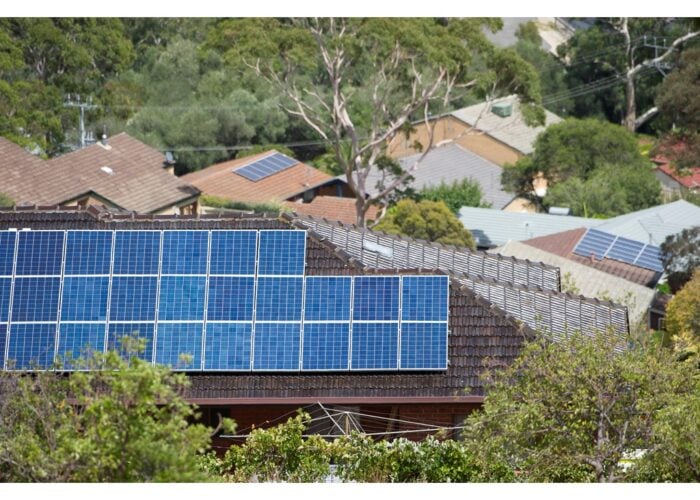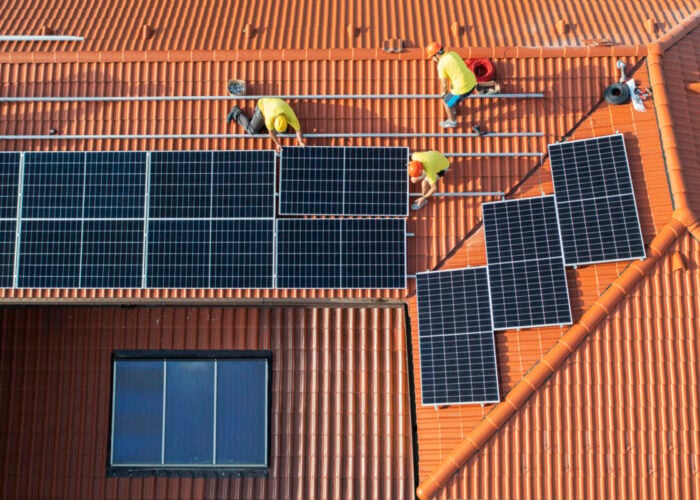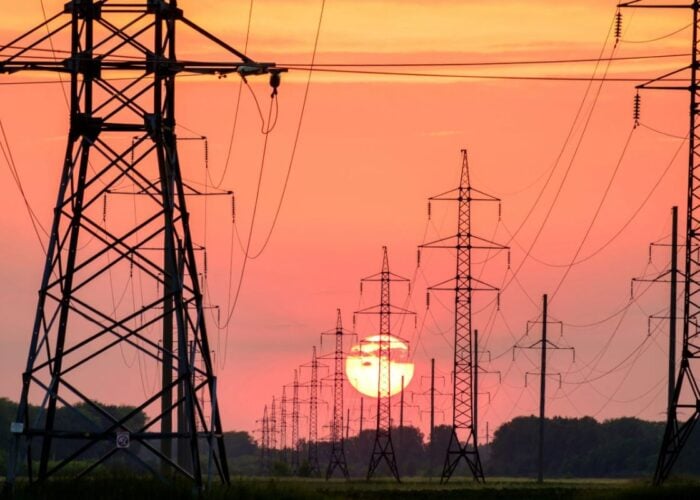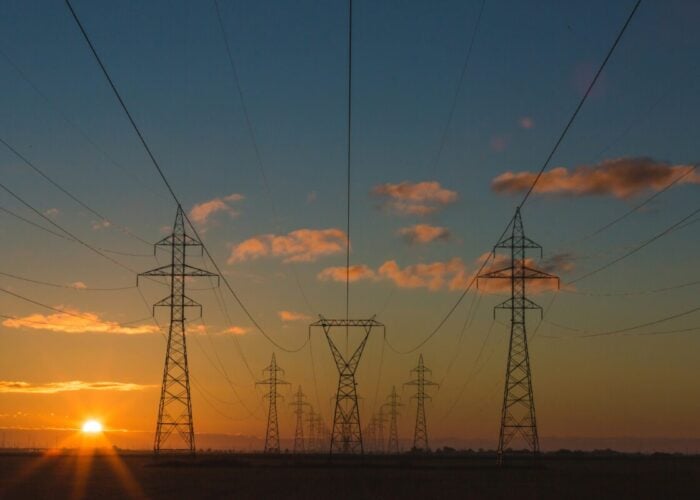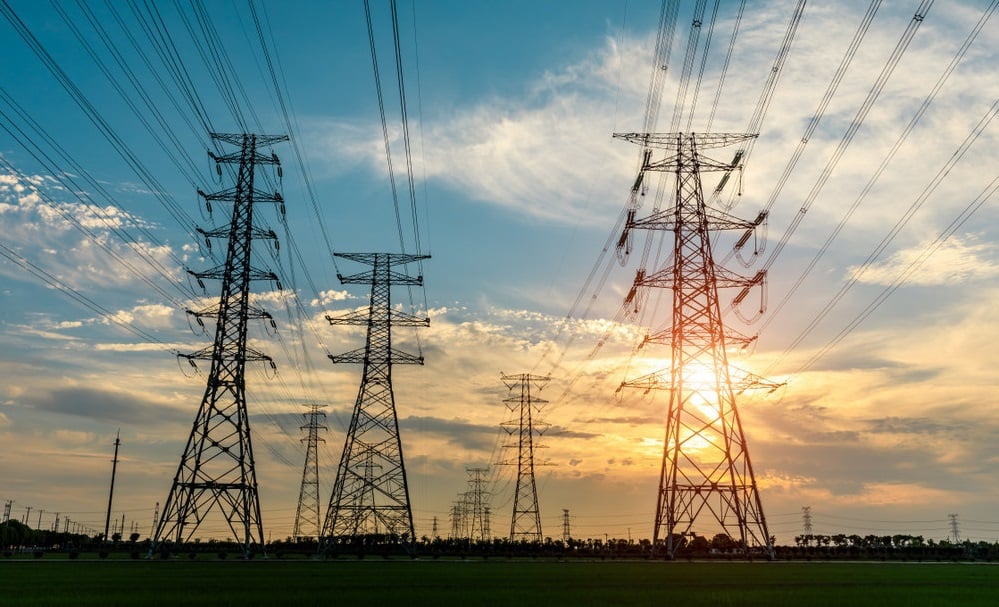
The board of directors of the US Midcontinent Independent System Operator (MISO) has approved a US$10.3 billion portfolio of 18 transmission projects as part of efforts to integrate new generation resources and increase resiliency in the face of severe weather events.
MISO, which manages the transmission of high-voltage electricity across 15 US states and the Canadian province of Manitoba, said the projects represent the first of four tranches in its long-range transmission planning process.
Try Premium for just $1
- Full premium access for the first month at only $1
- Converts to an annual rate after 30 days unless cancelled
- Cancel anytime during the trial period
Premium Benefits
- Expert industry analysis and interviews
- Digital access to PV Tech Power journal
- Exclusive event discounts
Or get the full Premium subscription right away
Or continue reading this article for free
According to industry trade association the Clean Grid Alliance, the 18 transmission lines will be the largest transmission portfolio in the US, supporting 53GW of new renewable energy resources included in utilities’ resource plans and states’ goals.
“Today’s news is groundbreaking not only because it represents the biggest portfolio of transmission lines ever approved in the nation, but also because it will help support low-cost, reliable, renewable energy for consumers,” said Natalie McIntire, lead transmission consultant at the Clean Grid Alliance.
The alliance said that while the cost of the buildout is estimated to be US$10.4 billion, it is expected to deliver US$37 billion in financial benefits over 20 years.
Among the benefits of the first tranche, according to MISO, include resource adequacy savings, avoided risk of load shedding and decarbonisation.
The grid operator used existing transmission corridors to plan the portfolio of projects, reducing the impact on local areas and communities, lowering construction costs and shortening implementation time.
“These projects will support the reliable, affordable transition of the generation fleet,” said MISO COO Clair Moeller.
The first two tranches are focused on the MISO Midwest subregion, the third on the MISO South and the fourth will address the limitations on power exchange between those two subregions.
The US Department of Energy last month launched the Interconnection Innovation e-Xchange (i2X) initiative, which aims to ease interconnection queues, reduce wait times and lower grid connection costs.
i2X’s mission statement is “to enable the simpler, faster and fairer interconnection of solar and wind energy resources while boosting reliability, resiliency and security of our electrical grid”.


